DPW Design 4-Band Dist Handleiding
DPW Design
Niet gecategoriseerd
4-Band Dist
Bekijk gratis de handleiding van DPW Design 4-Band Dist (3 pagina’s), behorend tot de categorie Niet gecategoriseerd. Deze gids werd als nuttig beoordeeld door 22 mensen en kreeg gemiddeld 5.0 sterren uit 11.5 reviews. Heb je een vraag over DPW Design 4-Band Dist of wil je andere gebruikers van dit product iets vragen? Stel een vraag
Pagina 1/3

4-Band Distortion Mög D-2
Pre-amp, overdrive and distortion
The D-2 is a four band pre-amp, overdrive and distortion module in Eurorack format with manual or CV
control over the on and off.
You should see the D-2 as a four band vintage type equalizer that can be set to be as clean or
overdriven/distorted as you like. It is designed to be very dynamically playable.
Each frequency band has its own gain so it can be set to work as everything from a fairly clean boost,
overdrive or distortion. Each band can also be completely turned off.
It is a pure analog module built on JFET technology to get a sound similar to a tube amp design, or like 4
parallel tube amps. Only transistors, capacitors and resistors in the distortion part of the module. No clipping
OP-Amps or diodes. Old school design.
The benefits of the multi band approach is that you don't get a sound that just clogges up the lower mid
range when you turn up the distortion. You can still control the low end and not lose the fat bottom of your
sound. You could also decide to let through some of the high end relatively unaffected to still have the
snappy transients that heavy distortion otherwise would compress away.
It has a CV or manual controllable on/off that is eqipped with a super fast switch and an evaluating circuit
that waits until it can do a glitch free switch. This means that it waits from instantaious switching to max
50ms, sometime during that time it will be the perfect time to switch.
This built in evaluating circuit switch control opens up for some unique types of sounds when controlled at
audio rate.
Controls
In
Erurorack level input.
If the Gain LED lights up with just something connected to In, don't bother. It
can take 10V signals without internal clipping in the wrong part of the
module. The use of the Gain LED is described under Hi-Z.
In and Hi-Z are mixed in the module and can be used at the same time.
Hi-Z
High impedance input for guitar, bass and other low level signals.
Can also be used to bring line level signals like normal synths to eurorack
level.
To check the aproptiate level of a line device in to Hi-Z. Set the Gain knob to
max. If the Gain LED lights up turn down the outupt of your line level device
till the LED isn't lit. This is to check that you don't get distortion in the Hi-Z
pre-amp and theirby loose the benefits of having a multiband distortion.
The Hi-Z input behaves like a tube pre-amp and will color the sound a bit if
you drive it hard. This means that a bit of compression will happen here.
So if you connect a guitar then the sound will be nice and useful even in
clean bypass mode as you get some compression of the transients and that
way the sound will appear natural.
Gain
The overall gain in to the multiband distortion section.
You can set the balance of the distorted bands and just set how hard you
drive all of them with the Gain knob.
DPW Design, Häradsvägen 200, 14171 Segeltorp, Sweden
www.dpw.se MAN-D-2 Rev A

Vol
The overall volume out from the multiband distortion section. The Vol LED lights up when you set the volume
to more than 6V. Nothing bad happens when it is lit, it is just a visual indication and a mixing help.
Low
This band is made to be able to let the really low frequencys through without too much distortion if you like to
keep the bottom end.
LoMid
This band has the most gain. This is where the growl is. Turn it up till you have right amount of low mid dirt.
HiMid
This band is there for coloration of the higher mid band if you like.
High
The center frequency of this band has been selected to specifically let through the metallic string sound of a
bass and the high frequency content of transients. It is designed to be high enough to give your sound some
vivid life but also cuts the really high frequencys a bit so it doesn't sound harsh.
If you play bass through the module and it doesn't cut through the mix turning this up could do the trick.
On
There are a switch and a CV input for turning the distortion on. The switch takes presence over the CV in.
The module will always switch on in a glitch free way as described in the introduction.
Anything above 1V on the CV On input will turn the module on. From DC to high audio rate.
Out
Eurorack level out.
Block diagram
Device specs
Module size: 10 hp wide, 29 mm deep with power connector.
Input impedance: 100 kohm on In and 3 Mohm on High-Z.
Out impedance: 1 kohm
Power requirements: +12V. Max power consumption 25 mA
-12V. Max power consumption 15 mA
Connect the power cable with the red stripe towards the marking -12V on the board.
The unit is protected for reverse power.
DPW Design, Häradsvägen 200, 14171 Segeltorp, Sweden
www.dpw.se MAN-D-2 Rev A

Use case examples
A few examples, just to get your imagination going.
Normal distortion
If connected after a VCA you get a dynamic signal going in to the D-2. Then you can get the full range of
tones it can produce, depending on the envelope for the VCA.
Guitar/bass pre-amp
A tip is to not always set the gain too high. There are a lot of nice tones to be found with lower settings in to
the distortion and compensating by turning up the Vol out. This way you will get the full benefit of how
dynamically playable it is.
PWM dirty fade on
Connect the PWM output from a VCO to the On input and set the manual On switch to off.
By controlling the pulse with on your VCO from completely off to completely on you can fade in your
distortion by chopping it in increasingly larger pieces.
This is in no way a traditional fade, it is a chopped one.
It will not sound too harsh due to the built in evaluating switching but may sound very un-even and broken if
your PWM isn't in sync with the sound going through the distortion. That can be a nice broken sound.
Chopper
By adding a CV signal to On and turning the Vol completely off the module will behave like a chopper for the
clean bypassed signal.
It will in this case switch at zero crossings of the audio in and be glitch free.
Reverb
Using the D-2 as a pre-amp for reverb tanks can give you everything from big lush open reverbs to gritty
low-fi ones. You can even get gritty ones by turning up the LoMid and still preserve some of the lush by
turning up the High.
This is a patch definetly worth exploring!
If you have two reverb tanks and two D-2 modules
you can get some wonderful stereo reverbs.
If you don't have two and am in a studio situation
just re-amp your track twise through this.
Maybe then do some minimal adjustments to the
bands to make left and right reverb just a little bit
different for even wider stereo image.
In this patch the AV-1 is used both as a two
times amplifier and a reverb tank driver. To
get the 5V audio to 10V both A and B are fed
with the same signal giving 10V on SUM.
This is an ugly but effective trick as A and B
are matched channels.
Delay feedback
Try it in feedback loops on delay to get dirty saturated feedback.
Could get a clean digtal delay to start behaving almost like a tape delay with a worne out tape in it.
Please check www.dpw.se for updates to the manual.
DPW Design, Häradsvägen 200, 14171 Segeltorp, Sweden
www.dpw.se MAN-D-2 Rev A
Reverb
tank
IN
OUT
Mixer
IN
Product specificaties
| Merk: | DPW Design |
| Categorie: | Niet gecategoriseerd |
| Model: | 4-Band Dist |
Heb je hulp nodig?
Als je hulp nodig hebt met DPW Design 4-Band Dist stel dan hieronder een vraag en andere gebruikers zullen je antwoorden
Handleiding Niet gecategoriseerd DPW Design

15 Augustus 2023

15 Augustus 2023

15 Augustus 2023

15 Augustus 2023

15 Augustus 2023

15 Augustus 2023

15 Augustus 2023

15 Augustus 2023
Handleiding Niet gecategoriseerd
- Onlili
- Amiko
- Tower
- Beemoo
- RetroSound
- Mobotix
- Coyote
- SinuPulse
- IOttie
- Sabo
- Kopul
- Pabobo
- Mytee
- STANDARD
- ZYCOO
Nieuwste handleidingen voor Niet gecategoriseerd
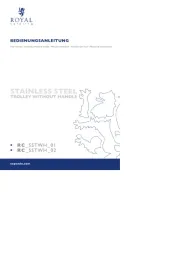
18 September 2025

18 September 2025
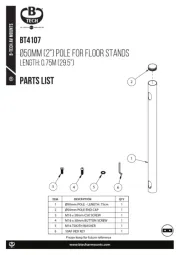
18 September 2025
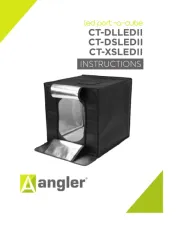
18 September 2025
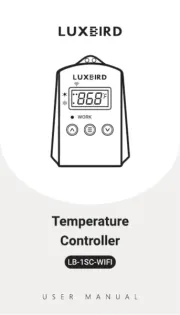
18 September 2025
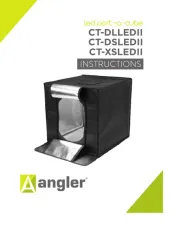
18 September 2025
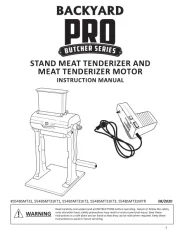
18 September 2025
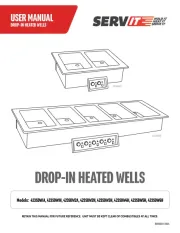
18 September 2025
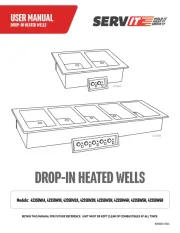
18 September 2025
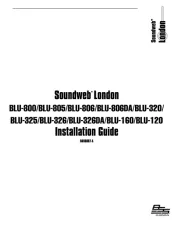
18 September 2025